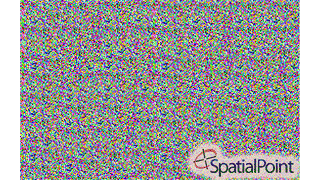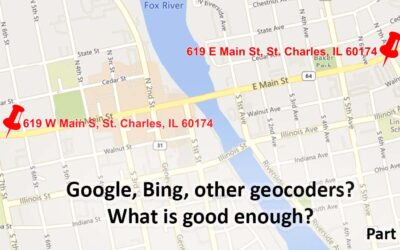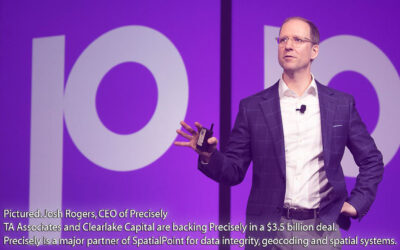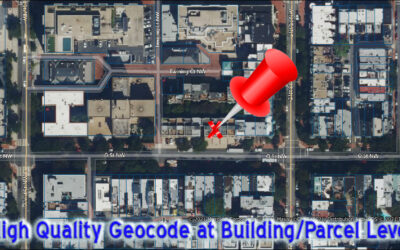Signal and Noise Blog
In the world of spatial, there is a lot of noise to sift through. Understanding the noise helps you decide on which signals are important for solving your problems – now and into the future.

Introducing the Signal And Noise Blog
1/26/2021: The internet is obviously filled with information about mapping, spatial, geocoding, address correction, geographic data, etc. One of our goals in communicating to you is to provide the most important information that helps you identify the signal and the noise. Think of listening to a radio station with static.
Geocoding – Are Google, Bing, etc. Good Enough? Part 1
Are the geocoding tools in Google, Bing, etc. good Enough? Part 1 Note: This is the first of a series of articles contrasting the approach of many geocoders, especially Google's and Bing's offerings, with enterprise/professional geocoding. When Google introduced...
Precisely Gains New Majority Owners in $3.5 Billion Deal
Precisely Gains New Majority Owners in $3.5 Billion DealFrom the Wall Street Journal...Two private-equity firms have agreed to back data-integrity business Precisely in a $3.5 billion deal, people familiar with the situation said, banking on the growth and importance...
Geocoding Basics
Geocoding Basics What is geocoding? Simply, it’s the process of matching a location such as: an address ("Street-level geocoding") postal (ZIP) code ("ZIP-Level or Postal-Level geocoding) city name ("City-Level Geocoding, not used as much anymore) county name,...
Introducing the Signal And Noise Blog – Topics Include Mapping, Spatial, Geocoding, Address Correction, Geographic Data
One of our goals in communicating to you is to provide the most important information that helps you identify the signal and the noise. Think of listening to a radio station with static. The static is the noise and the voices or music are the signal. Our brains do a great job of filtering audio and there are tools to draw out the signal and suppress the noise. This blog is about focusing on the signal for various topics and, when possible, we’ll describe the noise. Unlike the radio static that is random, some of the noise in the marketplace may seem like signal, but it’s not.




